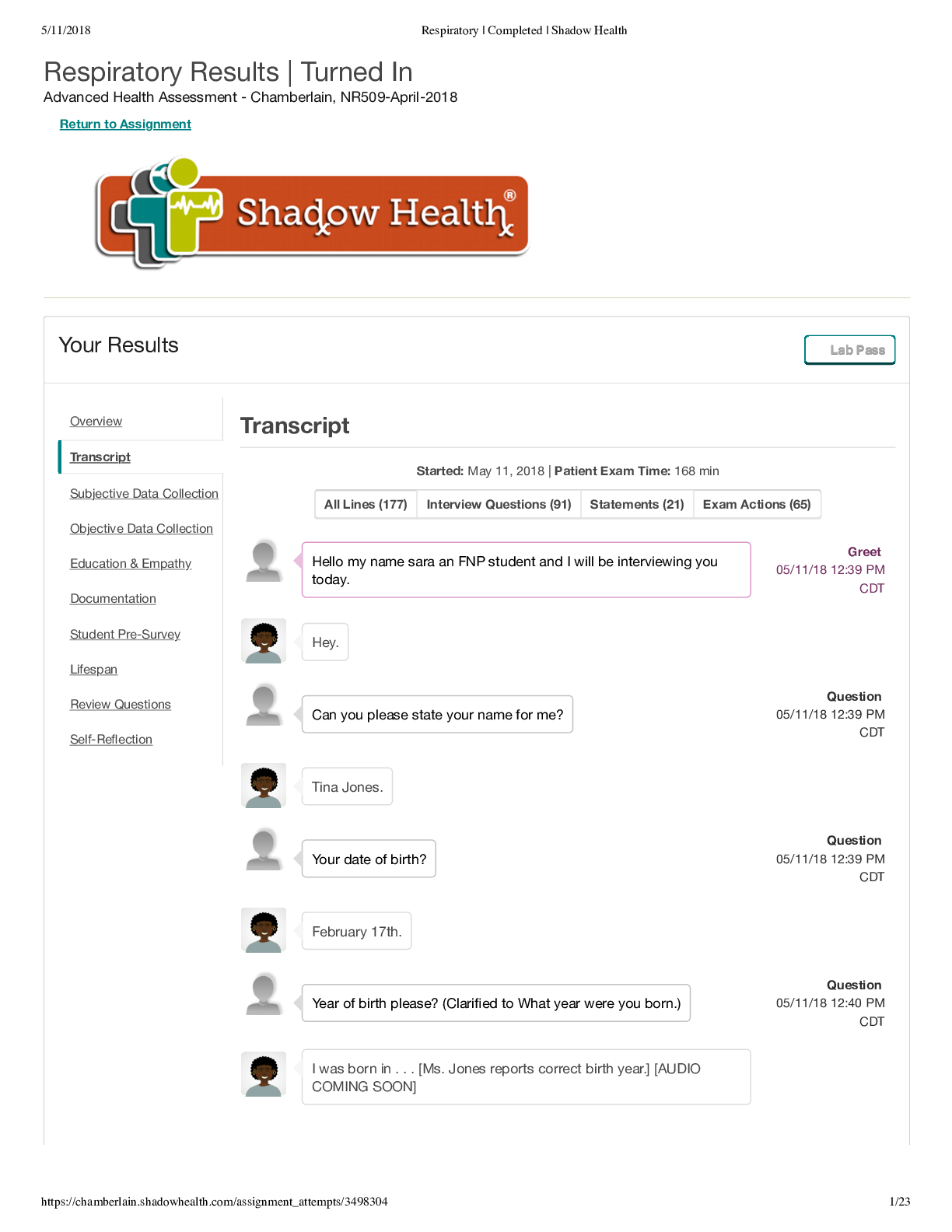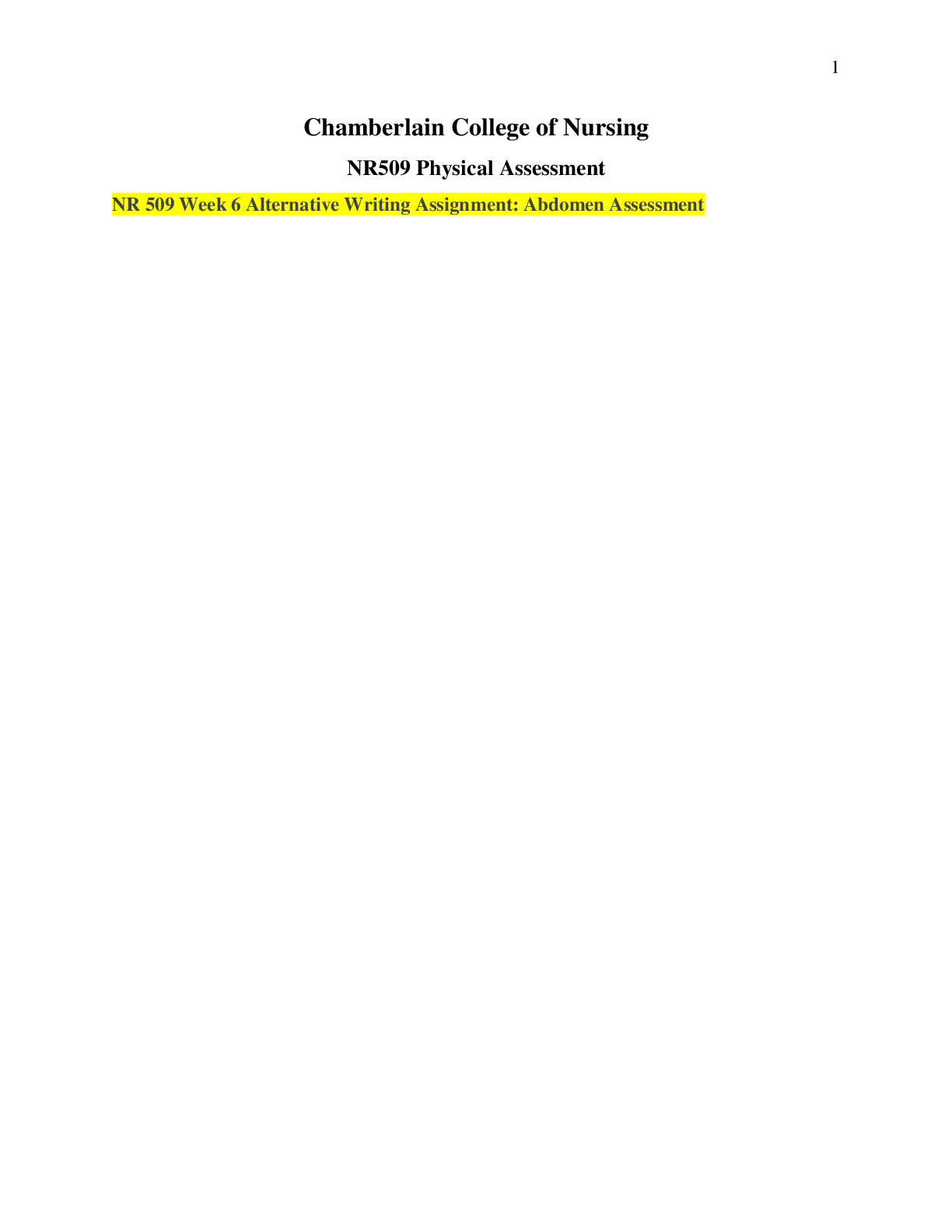*NURSING > CASE STUDY > Case Chamberlain College Of Nursing - NR 507 (NR 507) Week 1 Case Study (All)
Case Chamberlain College Of Nursing - NR 507 (NR 507) Week 1 Case Study
Document Content and Description Below
INITIAL HISTORY: James is a 24-year-old male financial advisor who seeks relief from itchy eyes, repetitive sneezing, and nasal congestion that worsens at night. He says “If I could only sleep at ... night, I could handle this.” Discussion questions part one: What are the most likely diagnoses? What should you focus on during your examination? One of the mostly likely diagnoses for this patient would be rhinitis. He would have to be further evaluated to differentiate or eliminate the potential causes. Some of those causes could be non-allergic immune response, vasomotor rhinitis, medications, or allergic rhinitis. Two other possibilities that also have to be ruled out other that rhinitis are influenza and sinusitis (Segboer et al., 2013). During the exam there are several important things to focus in on. For starters I would get a more elaborate family history from the patient. Genetic factors have a major determinate when it comes to allergies or allergic rhinitis. If both of his parents have an allergy than his risk is increased by 75%. If only one of his parents has allergies then his chance is 50% (Segboer et al., 2013). Then I would like to find out how long these symptoms have been going on and has he ever had similar symptoms before. This would help me differentiate between seasonal and year round triggers. If this is a reoccurring issue it may lead to seasonal allergies being the cause of his rhinitis. Approximately 20% of allergic rhinitis cases are due to seasonal allergies whereas 40% are chronic and the remainder are mixed (Segboer et al., 2013). Next I would acquire a thorough medication history; over-the-counter, prescription, and recreational. There are a number of drugs that can cause rhinitis or even worsen it in people with conditions such as deviated septum, allergies, or vasomotor rhinitis. Some of the common drugs in which I would look for are decongestant sprays, NSAIDS, oral contraceptives, hormone replacements, beta blockers, and cocaine (Segboer et al., 2013). I would then proceed on with environmental factors. Idiopathic or irritant rhinitis can occur in response to smoke, environmental toxins, stress, and changes in temperature or humidity. Symptoms of vasomotor rhinitis are similar to most of those caused by allergies. Although, they are usually more severe and occur predominantly on one side of the nose (Segboer et al., 2013). By gathering this additional information during my examination it would hopefully help me narrow down the diagnoses for James in order to develop a treatment plan. Reference Segboer, C., Holland, C., Reinartz, S., Terreehorst, I., Gevorgyan, A., Hellings, P., & Fokkens, W. (2013). Nasal hyper-reactivity is a common feature in both allergic and nonallergic rhinitis. Allergy, 68(11), 1427-1434. [Show More]
Last updated: 2 years ago
Preview 1 out of 2 pages

Buy this document to get the full access instantly
Instant Download Access after purchase
Buy NowInstant download
We Accept:

Reviews( 0 )
$7.00
Can't find what you want? Try our AI powered Search
Document information
Connected school, study & course
About the document
Uploaded On
Nov 04, 2020
Number of pages
2
Written in
Additional information
This document has been written for:
Uploaded
Nov 04, 2020
Downloads
0
Views
188


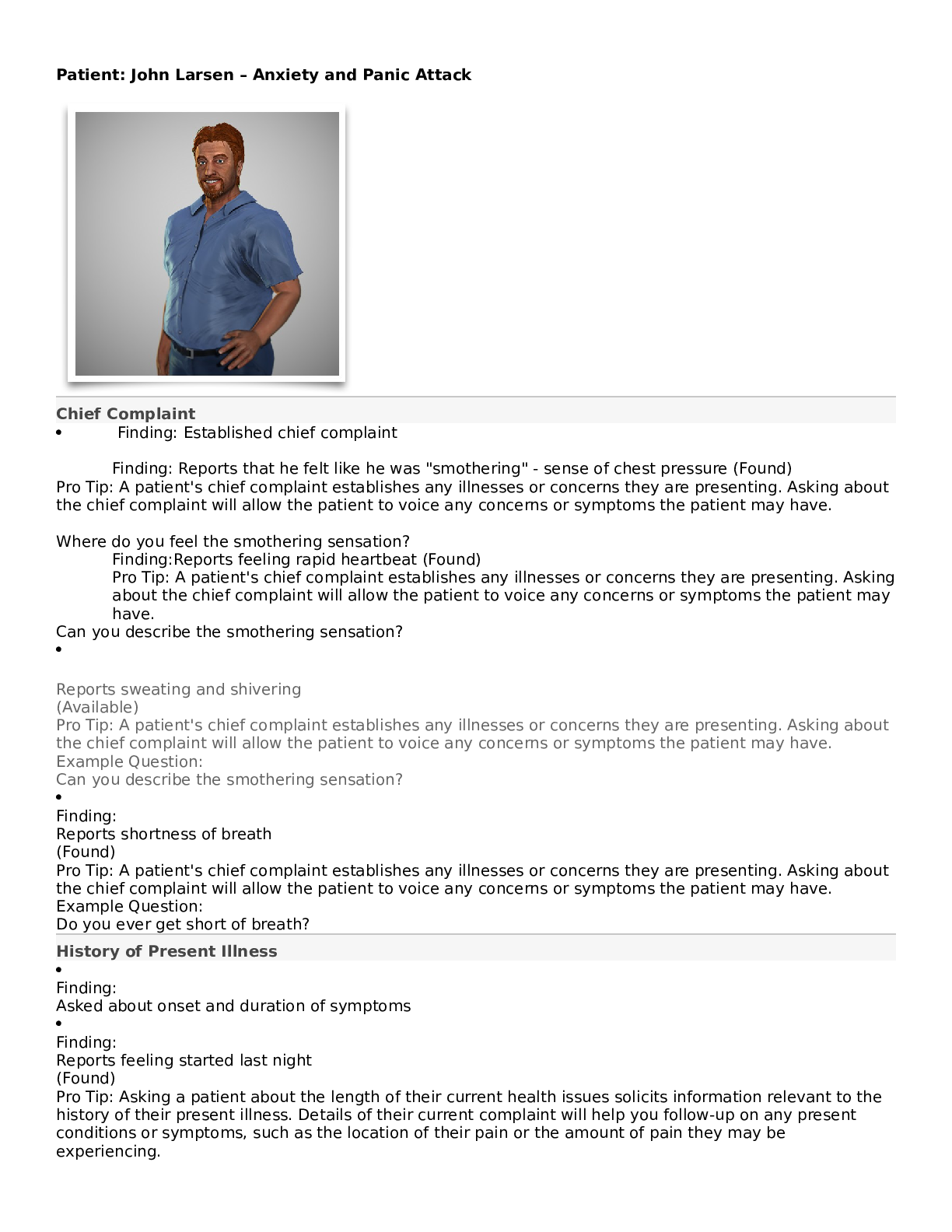
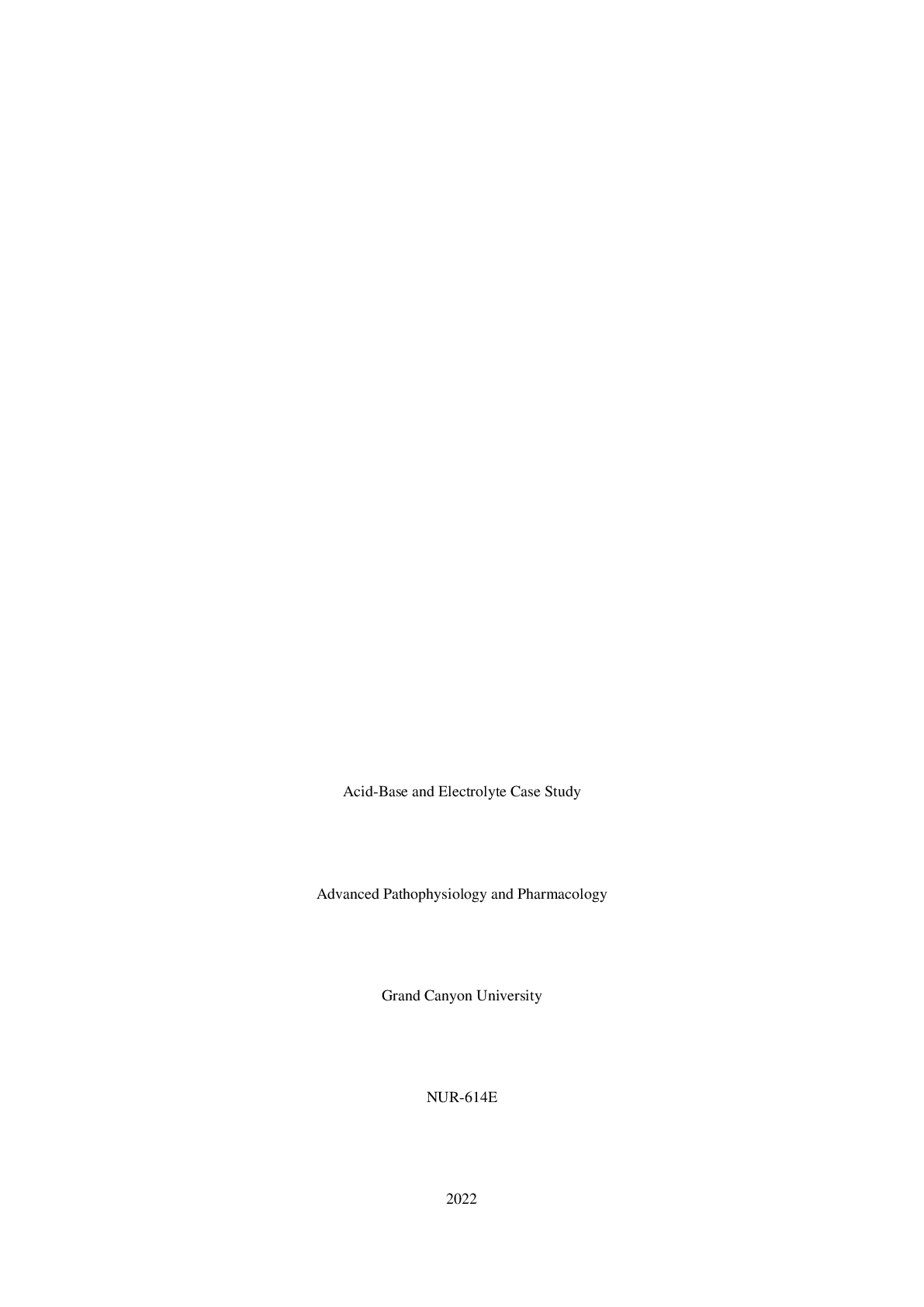
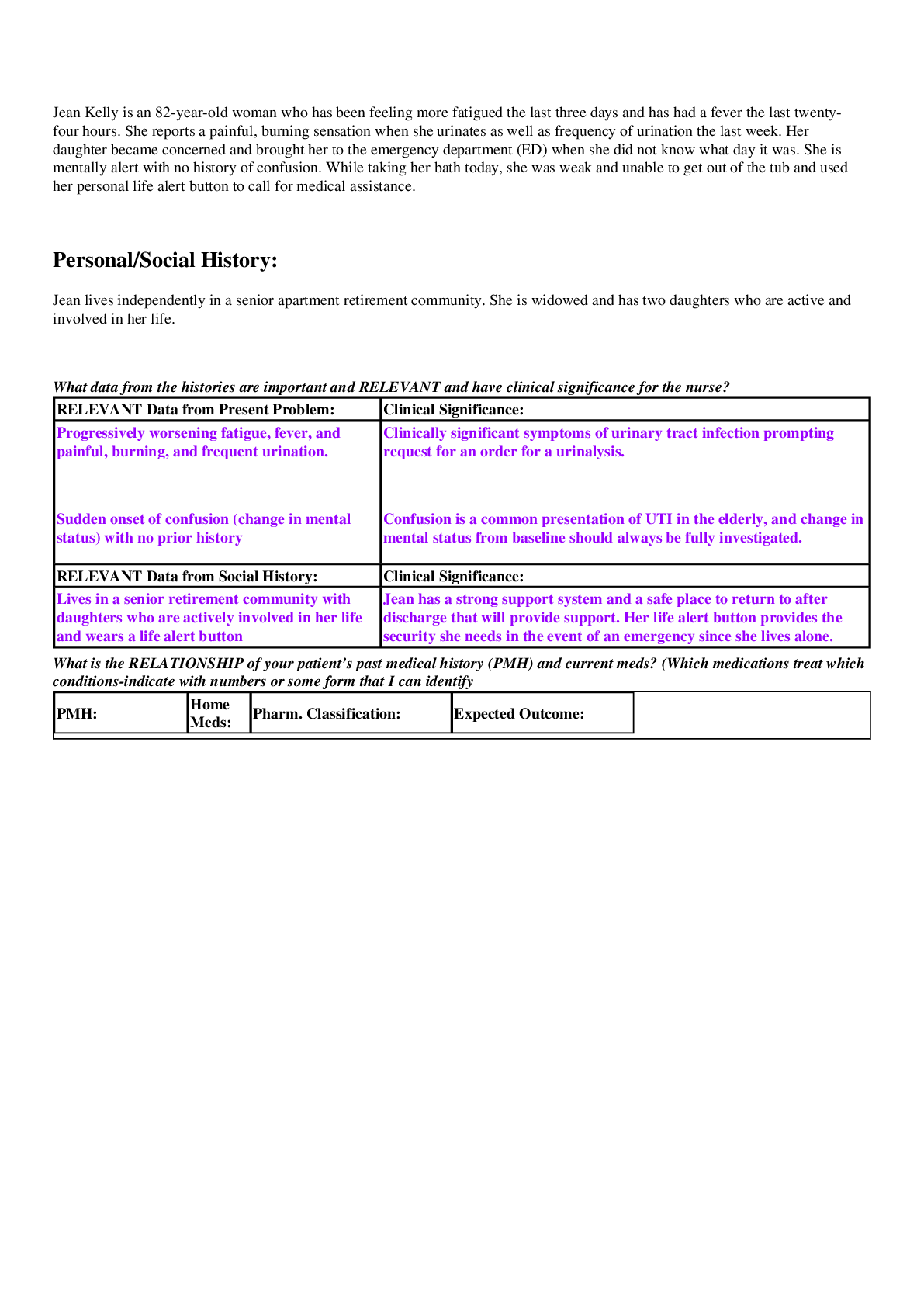
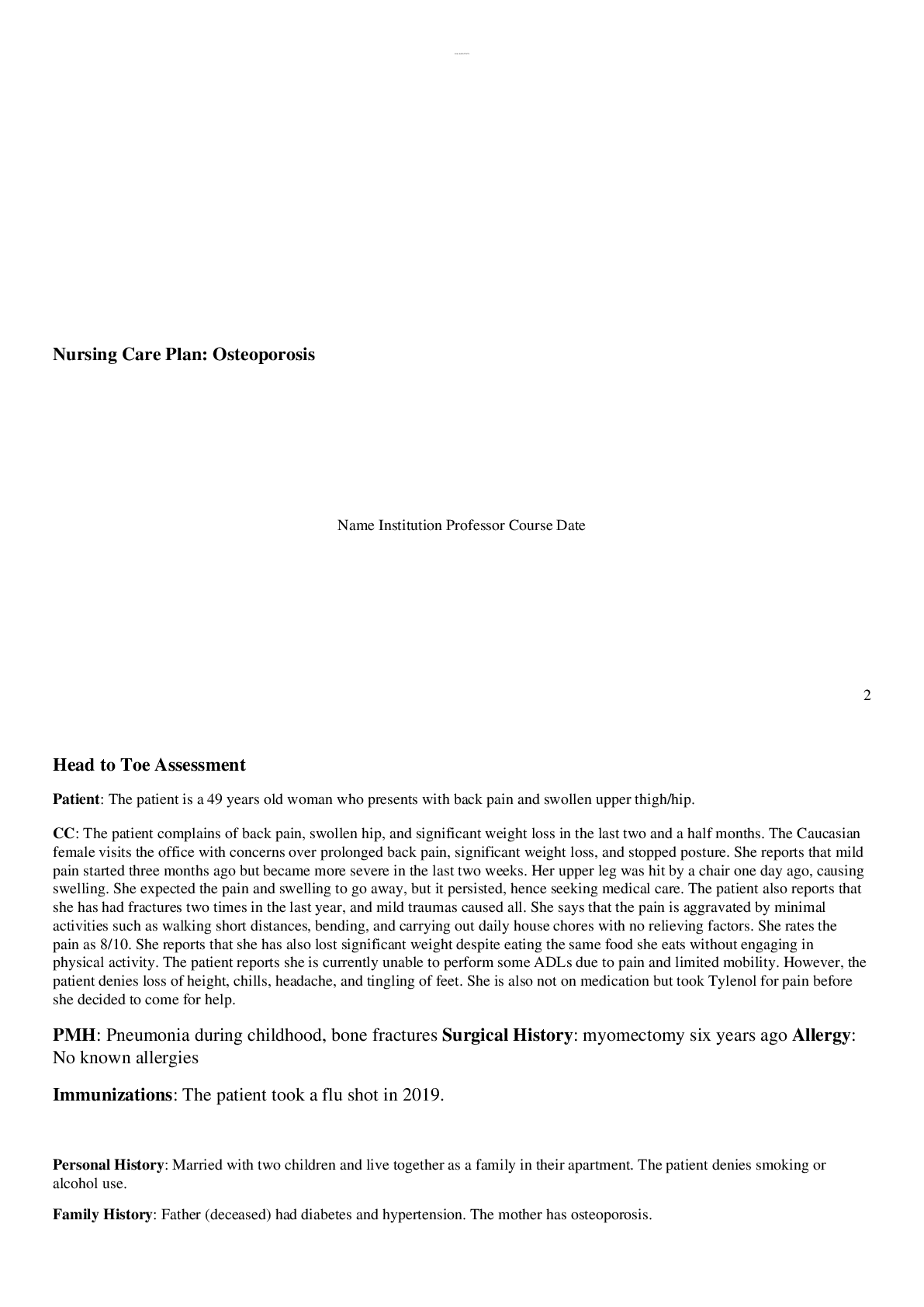
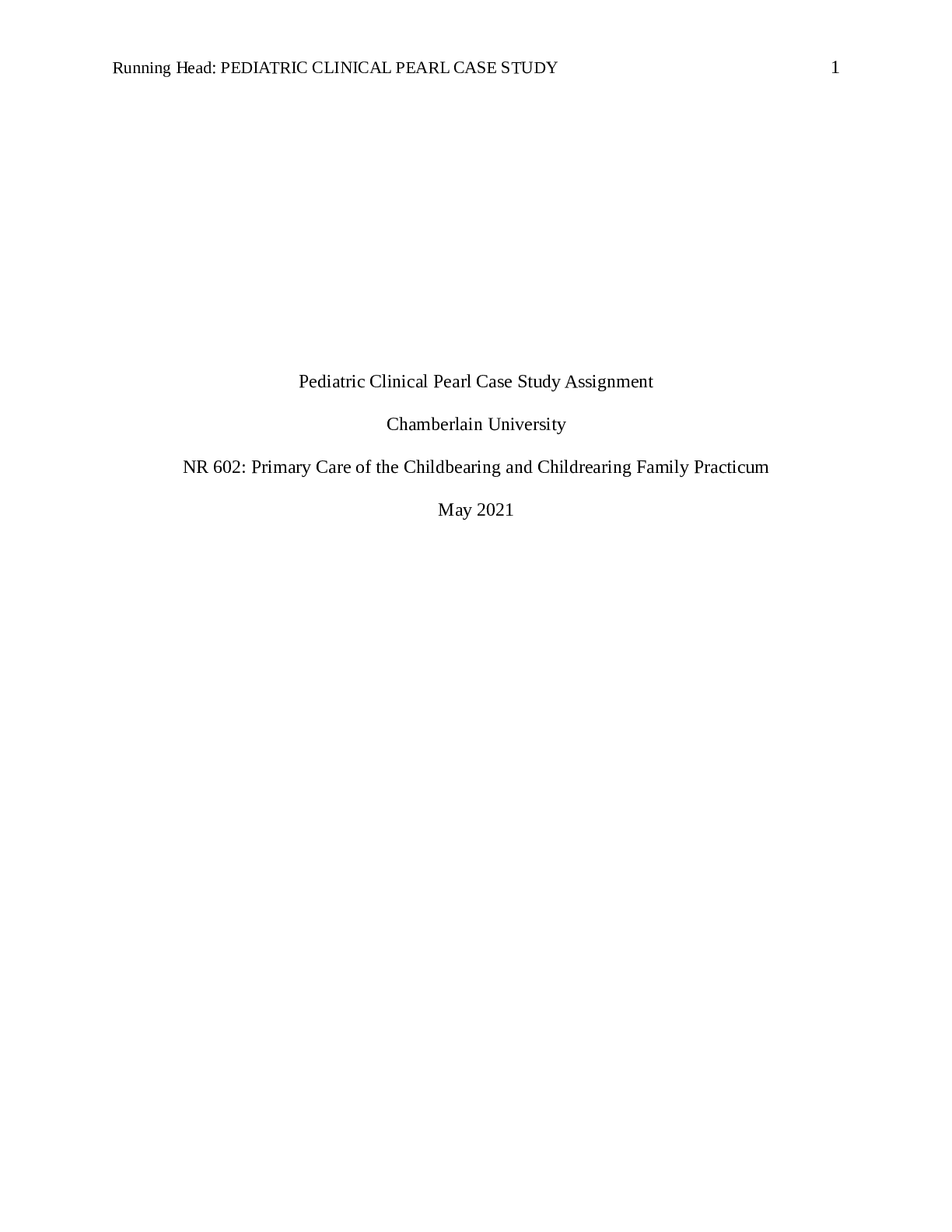

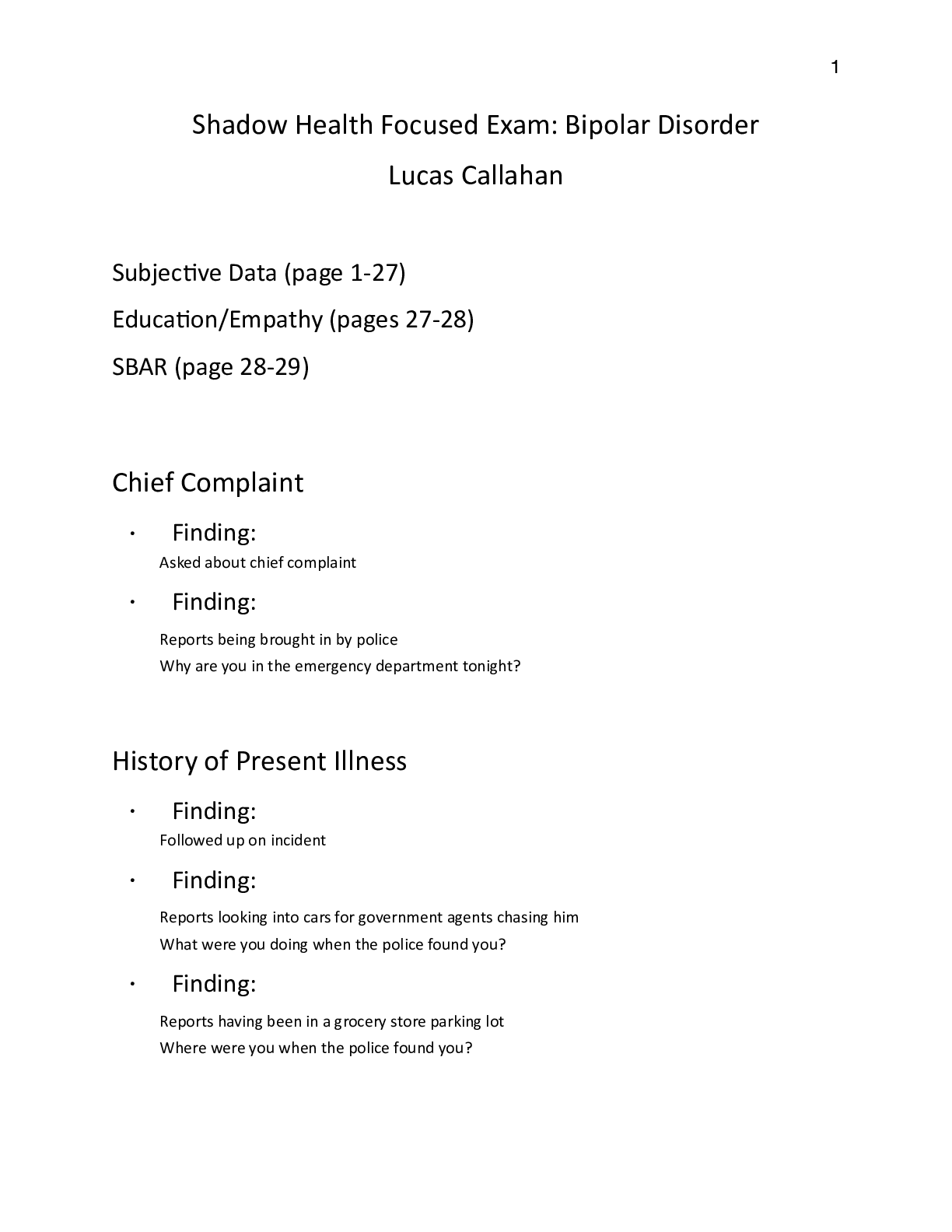

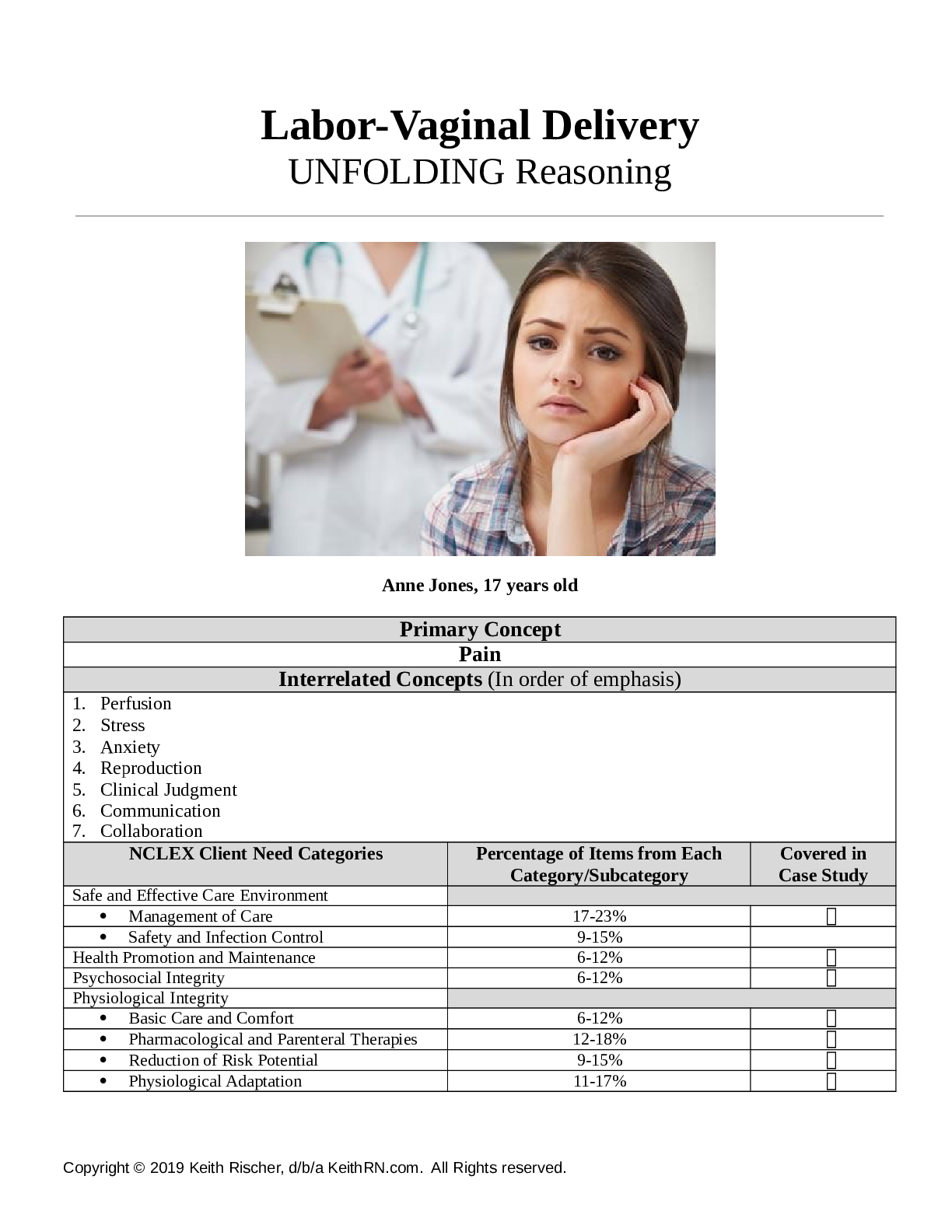
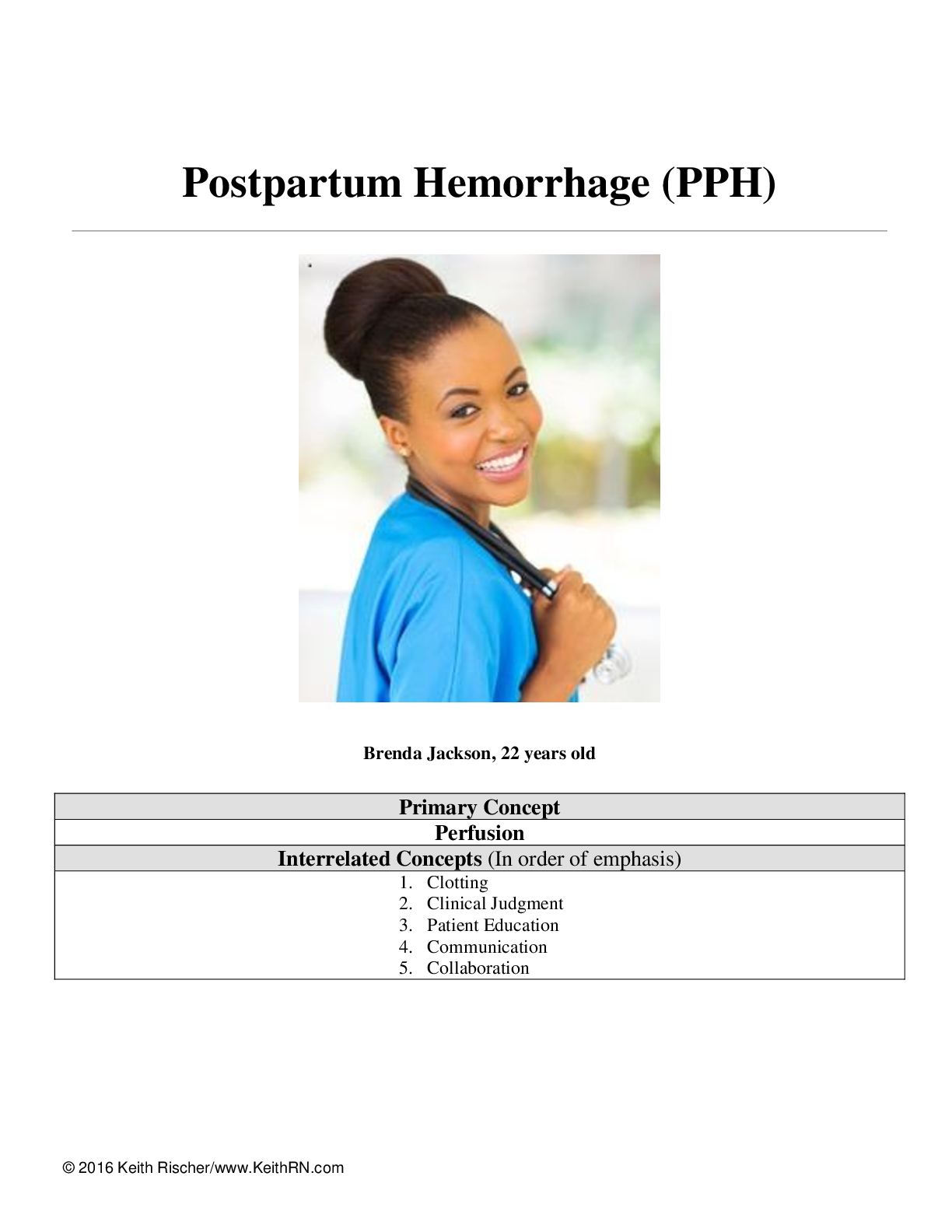
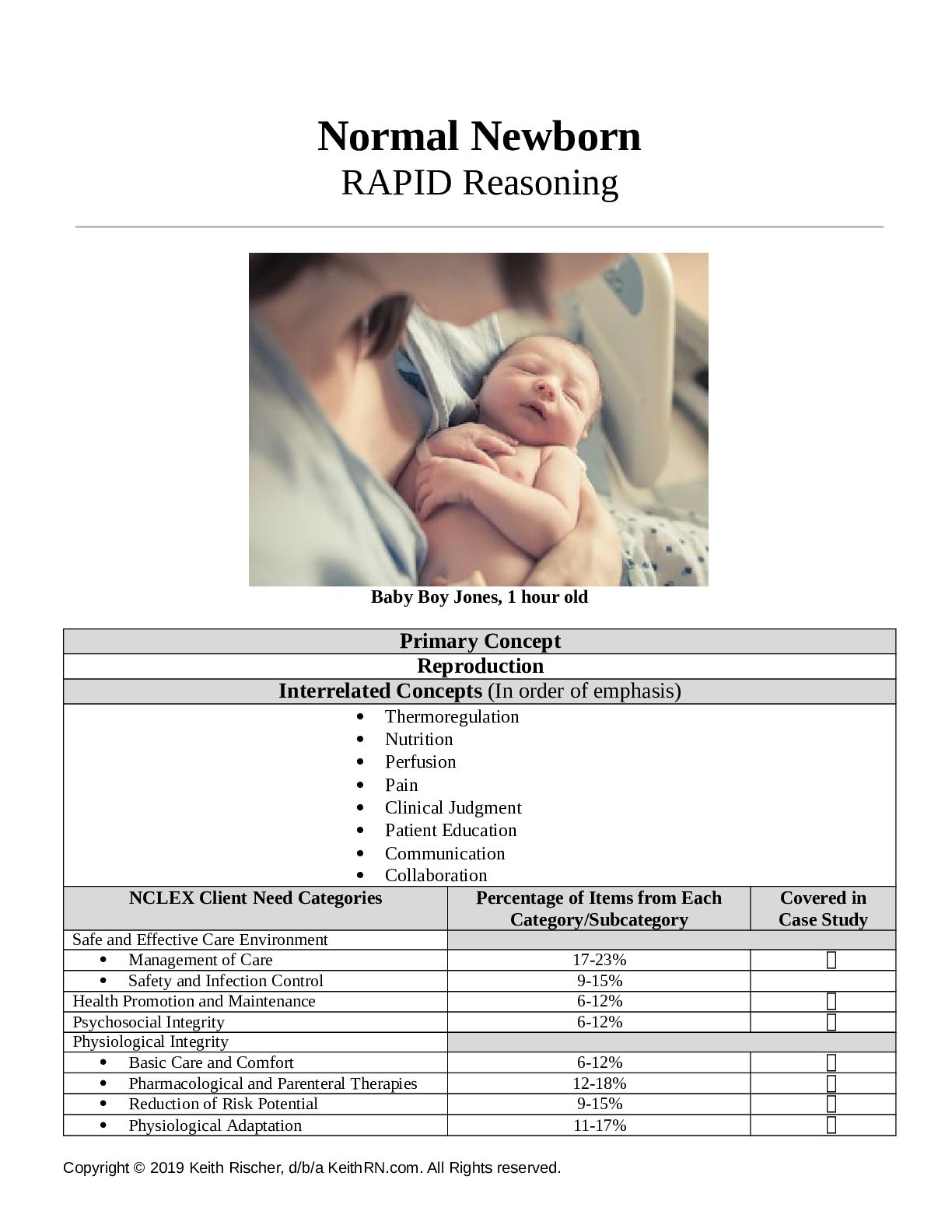
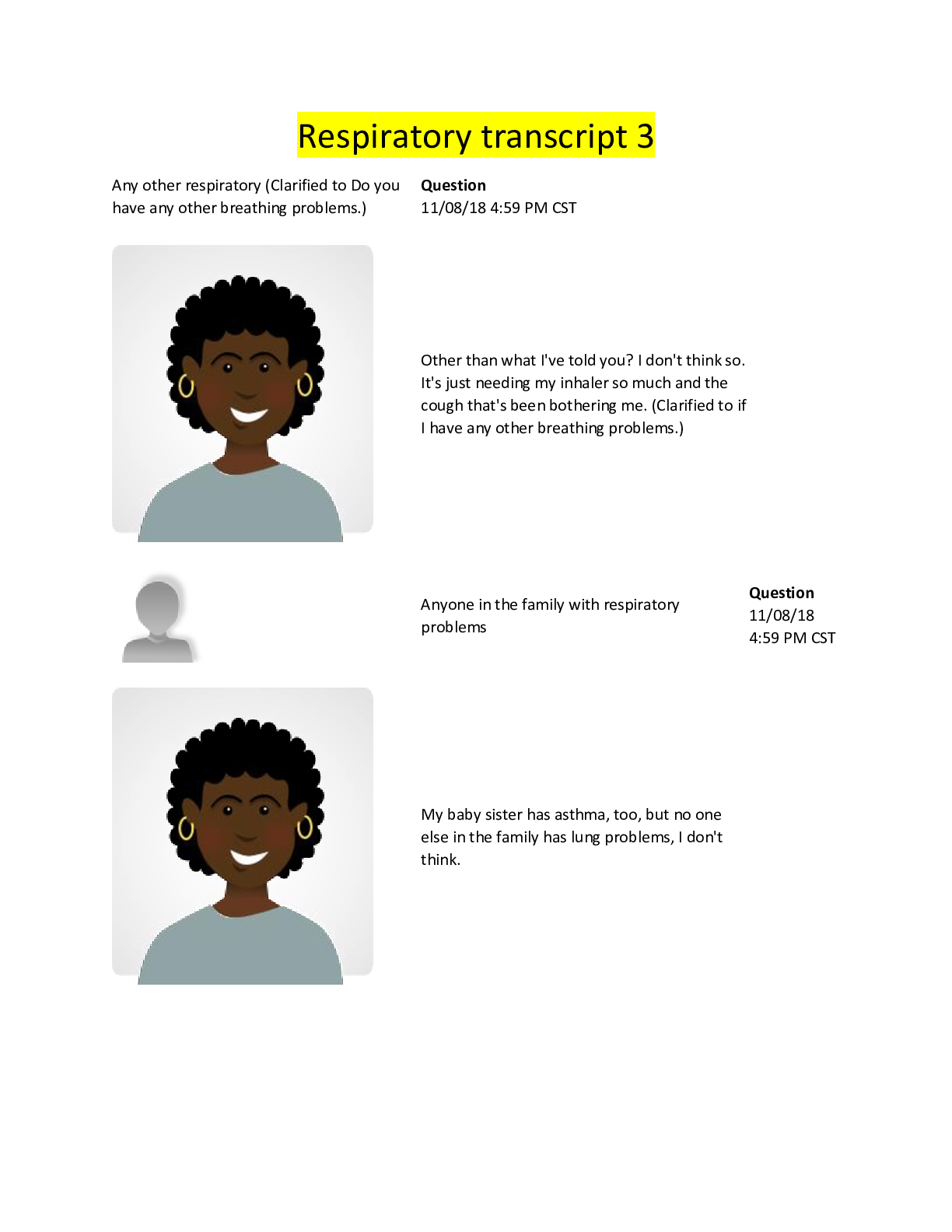
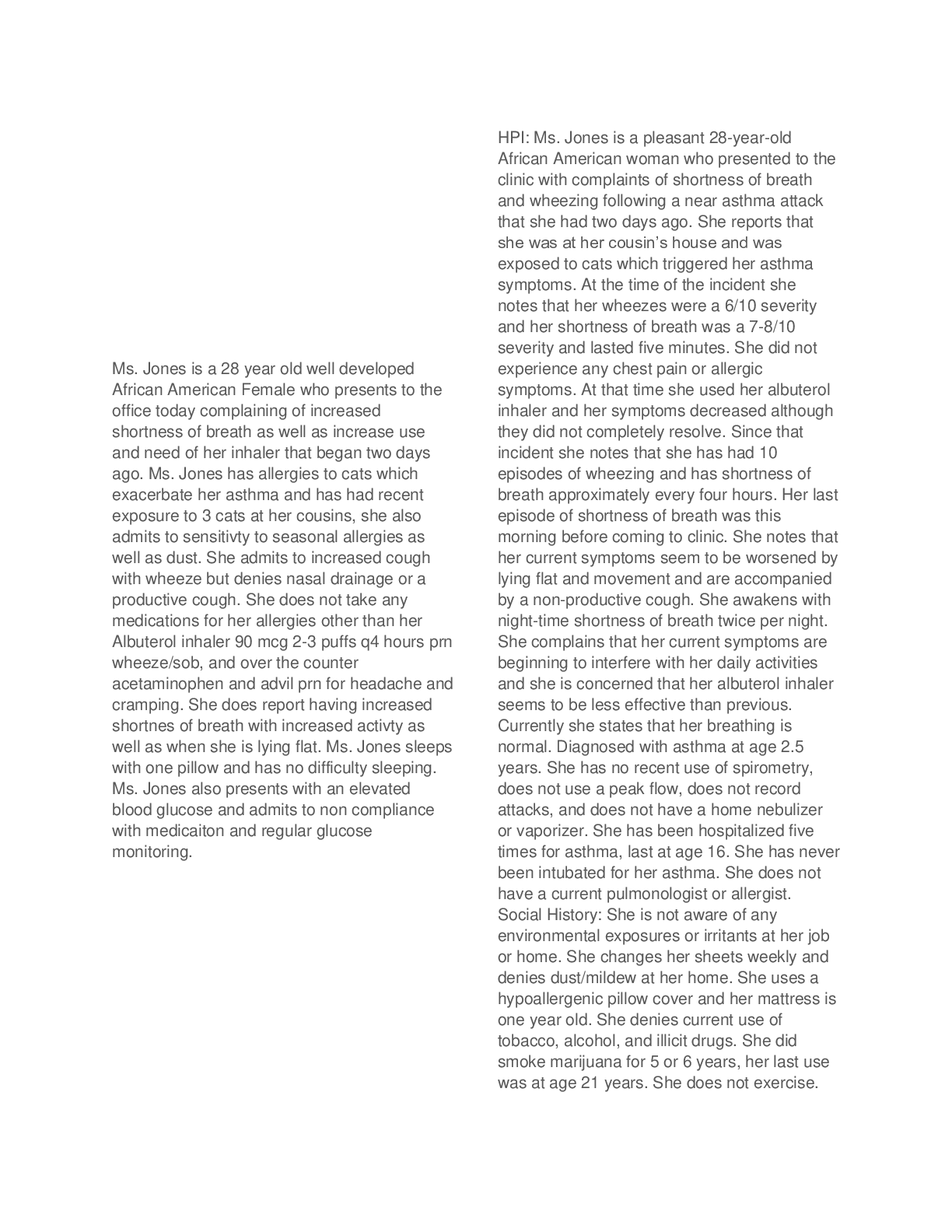


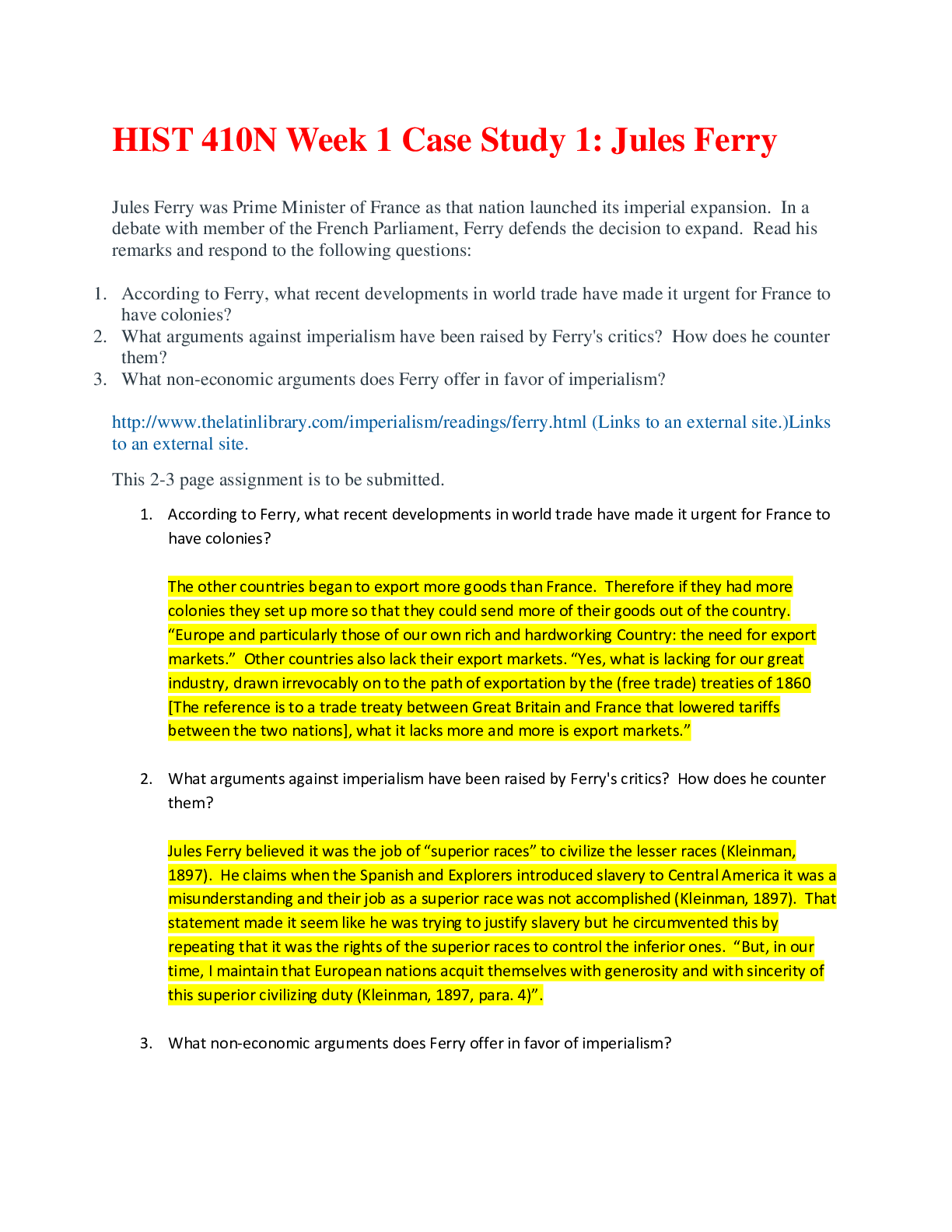


 – Chamberlain College of Nursing.png)
